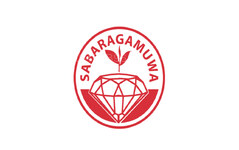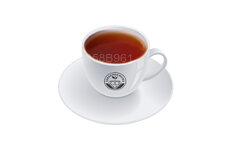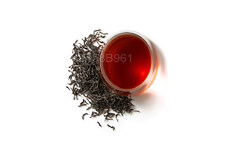
Чайные плантации
Чайные плантации Шри-Ланки, расположенные преимущественно в центральном высокогорье, славятся производством одних из лучших сортов чая в мире. Эти пышные плантации, такие как Канди, Нувара-Элия и Хаттон, славятся живописными пейзажами и богатой историей. Эти плантации вносят значительный вклад в экономику страны, экспортируя высококачественный цейлонский чай по всему миру.

Регионы цейлонского чая
У чая в вашей чашке есть своя история. Он повествует о холмах, обилии солнца и пышной растительности. Большая часть чая Шри-Ланки производится в центральных и южных провинциях. Разница высот и микроклимат влияют на неповторимый вкус, цвет, аромат и сезонность цейлонского чая.

Сорта цейлонского черного чая
Цейлонский чай, как мы знаем, существует в различных сортах, каждый из которых обладает уникальным вкусом и ароматом. Помимо разнообразия видов чая, цейлонский чай также разделяют на сорта.
Sabaragamuwa Tea
Sabaragamuwa is one of the biggest tea-growing regions in Sri Lanka. This growing region covers the western and southwestern and central mountains of the country.
The teas of Sabaragamuwa, in other words, Ruhuna, are mainly low-grown. all the estates range in elevation from sea level to around 2,500 feet.
The highest estates lie just below the boundaries of the Sinharaja and Peak Wilderness nature reserves. the environment consists of rainforests, cloud forests, and high grassy plains in this region.
As a result, they produce tea of a somewhat different character to that grown at lower elevations in the district. And also, some of these estates receive the highest rainfall of any in the plantation districts.
Other upper Sabaragamuwa estates receive some weather from the nearby Uva climatic system. Therefore, they produce in an entirely different way.
Sabaragamuwa produces a fast-growing bush with a long leaf, very black when withered, and well suited for ‘rolling’ (see manufacturer). The liquor, too, is similar to that of Ruhuna tea, dark yellow-brown with a reddish tint in the dry season, though lightening somewhat with altitude.
However, the ‘nose’ or aroma, is noticeably different from the Ruhuna product, with a hint of sweet caramel, and not quite as strong as the latter. The flavor, too, is strongly marked, especially with respect to low-grown examples.
These are general comments, However, and need not apply to all teas produced in Sabaragamuwa. The districts contain a number of sub-districts such as Ratnapura, Rakwana, Kaltura, Matara & Weligama close to the Southern coast.






